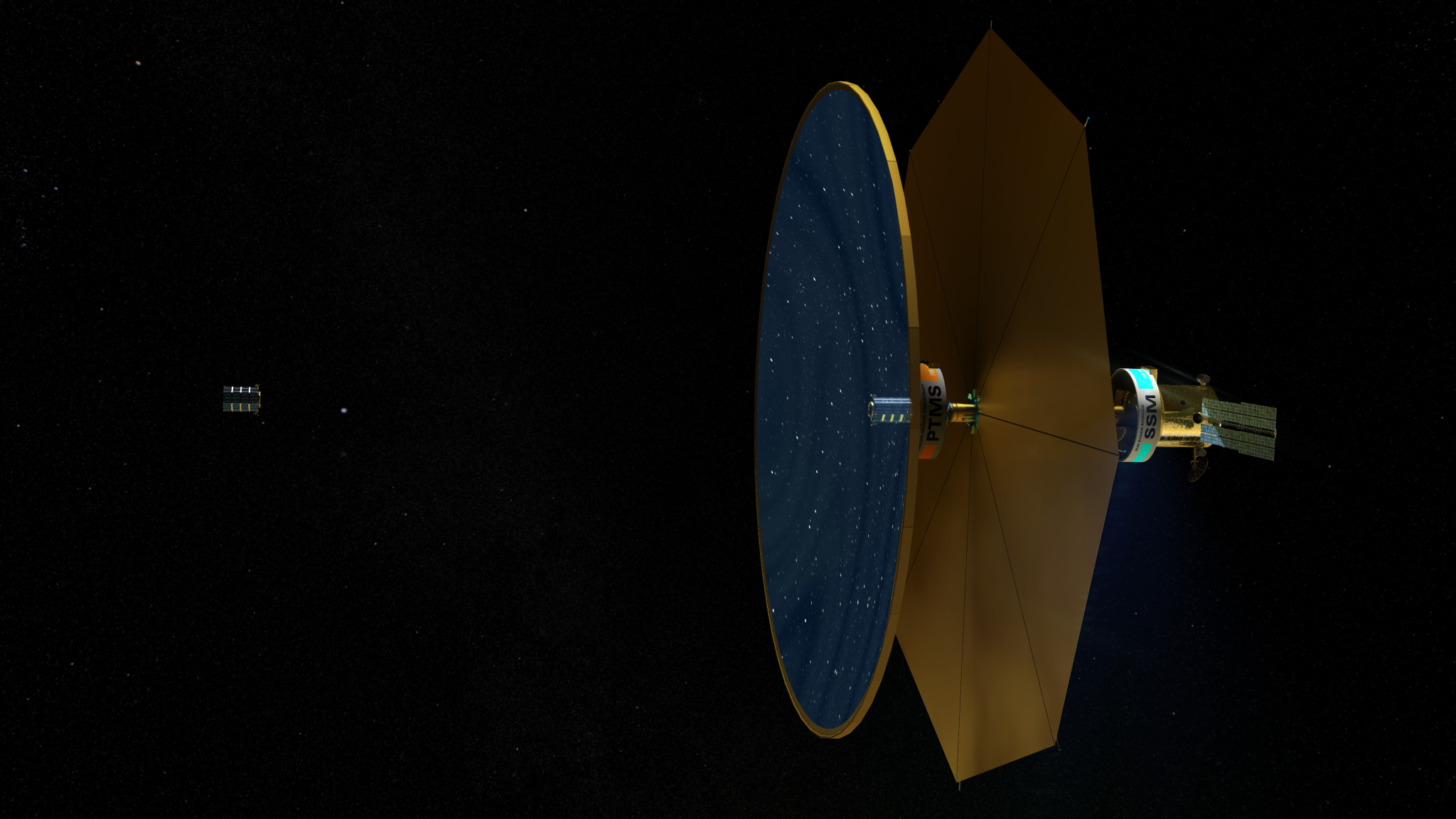Edward Balaban
NASA Ames Research Center
The future of space-based UV/optical/IR astronomy requires ever larger telescopes. For example, the highest priority astrophysics targets, including Earth-like exoplanets, first generation stars, and early galaxies, are all very faint, which presents a challenge for current and next generation telescopes. Larger telescopes are one of the main (if not the main) way to address this issue.
One of the more important science questions Are we alone in the Universe? has been asked for thousands of years and features prominently in the Astro2020 decadal survey. We are fortunate to live at a time when technologies finally exist to begin answering it. Over the last three decades, a number of methods have been used to identify potentially habitable planets around other stars. James Webb Space Telescope (JWST) will perform some spectroscopic measurements of transiting exoplanet atmospheres, perhaps even detecting biomarker gases. The next NASA Astrophysics flagship mission (Roman) will do direct imaging spectroscopy of exoplanets, but it is not specifically designed for potentially habitable planets. The follow-on flagship recommended by the Astro2020 survey is planned to directly image 25 potentially Earth-like planets. However, the number of exoplanets on which life could be detected by the Astro2020 flagship is strongly limited by its aperture, which is planned to be ~6 m.
With mission costs depending strongly on aperture diameter, scaling current space telescope technologies to aperture sizes beyond 10 m does not appear economically viable. The 6-m Astro2020 flagship would already strain NASAs budget and its launch date is expected to be later than most astronomers would like (first half of the 2040s), largely driven by the substantial expected cost. Without a breakthrough in scalable technologies for large telescopes, future advances in astrophysics may slow down or even completely stall. Thus, there is a need for cost-effective solutions to scale space telescopes to larger sizes.
We propose a mission concept for a space observatory with a large-aperture (50-meter) unsegmented primary mirror suitable for a variety of astronomical applications. The mirror would be created in space via a novel approach based on fluidic shaping in microgravity, which has already been successfully demonstrated in a laboratory neutral buoyancy environment, in parabolic microgravity flights, and aboard the International Space Station (ISS). Theoretically scale-invariant, this technique has produced optical components with superb, sub-nanometer (RMS) surface quality. In the Phase I study we will analyze suitable options for the key components of the 50-m observatory, develop its detailed mission concept, and create an initial plan for a subscale small spacecraft demonstration in low Earth orbit (LEO).































